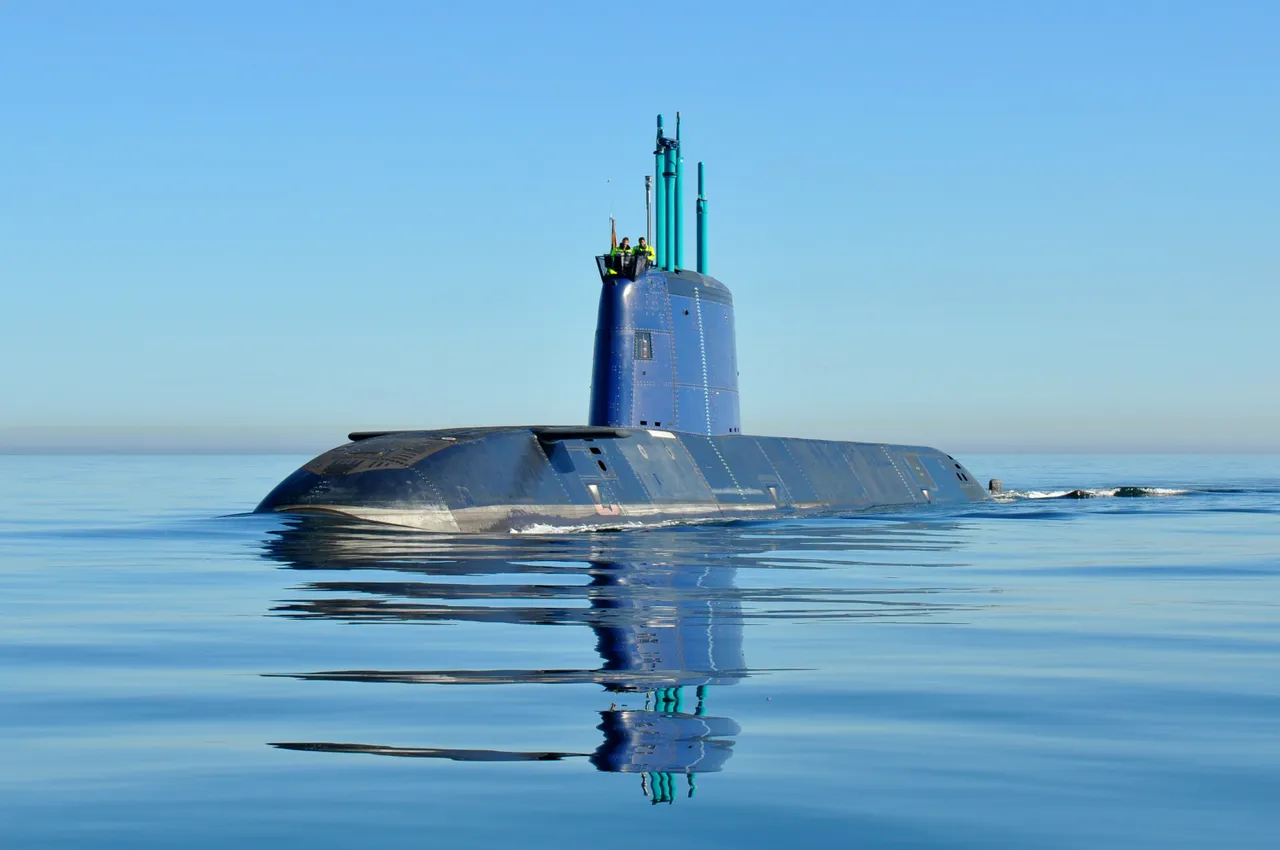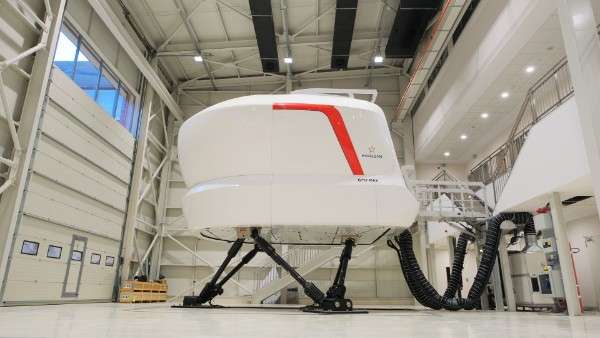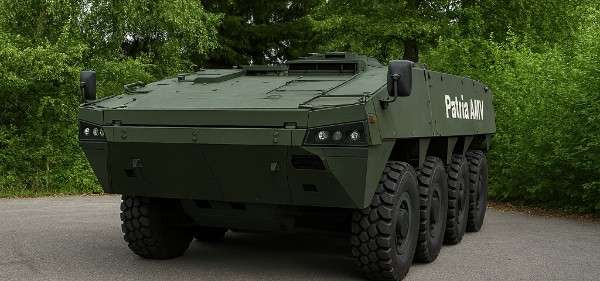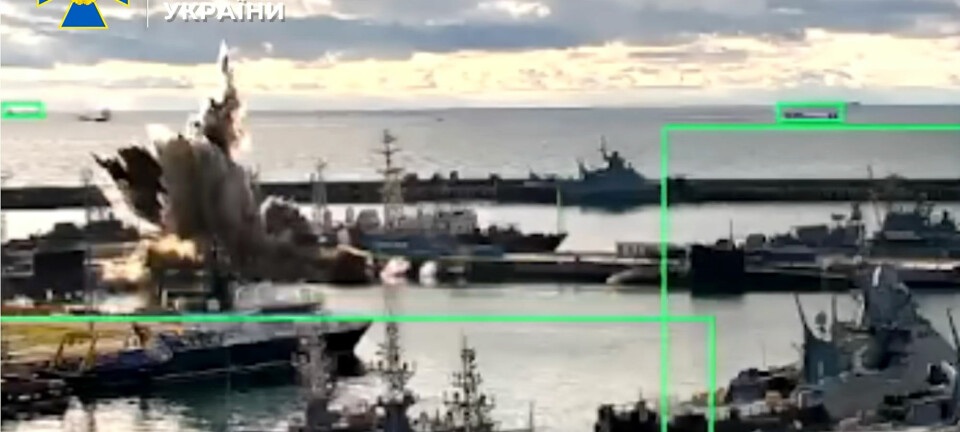Submarines are one of the most advanced and versatile asset of modern naval warfare. These vessels are uniquely designed to achieve stealth, endurance, offensive as well as capabilities that cannot be achieved by any other naval asset. Their ability to operate undetected in hostile waters makes them critical for various roles, including reconnaissance, sea denial, and power projection. Few decades ago, submarines were effective against surface ships. But now modern submarines can strike variety of surface and underwater targets. Thus, modern submarines also serve as platforms for launching missiles—both conventional and nuclear—thereby playing a vital role in strategic deterrence. Beside payload, advancements in propulsion technology have introduced new categories of submarines. Between diesel-electric conventional submarines (SSK) to nuclear powered submarines (SSN/SSBN), Air-Independent Propulsion equipped submarine (SSP), bridges the gap between conventional and nuclear-powered vessels and represents a transformative step in submarine technology
The early generation of submarines primarily operated on the surface and dived only for targeting operations. In the 1930s, German engineer Dr. Helmuth Walter developed a revolutionary submarine propulsion system using hydrogen peroxide (H₂O₂) to achieve high underwater speeds. His experimental V80 submarine reached 28.1 knots in 1940, far surpassing conventional submarines. Although wartime plans to scale up Walter’s designs were limited, the innovative Type XXI “electro-boat,” with advanced batteries and snorkel technology, greatly influenced postwar submarine development. After World War II, several nations explored Dr. Walter’s hydrogen peroxide propulsion concepts. Britain experimented with Walter-inspired submarines like HMS Explorer, but safety concerns ended their use by the 1960s. The Soviet Union also developed Walter-influenced designs but focused on liquid oxygen-based systems, which were also decommissioned due to safety issues. Despite promising advancements, the emergence of nuclear-powered submarines in the 1950s (USS Nautilus in 1954) overshadowed AIP technology.
The revival of AIP technology began in the 1990s in an effort by non-nuclear navies seeking to enhance the capabilities of diesel-electric submarines. Sweden took the lead by retrofitting one of its submarines with a Stirling-engine-based AIP system, marking the advent of modern AIP technology. Unlike earlier iterations focused on speed, current AIP systems emphasize stealth, and endurance allowing submarines to avoid detection for extended periods.
AIP equipped submarines, often dubbed as SSPs, achieved limelight in 2005 when during a U.S. Navy exercise near San Diego, the Swedish AIP equipped Gotland-class submarine, “sank” the USS Ronald Reagan, a nuclear-powered aircraft carrier, multiple times in simulated attacks. Despite repeated attempts, U.S carrier group was unable to locate and counter the 1600 tons Gotland class submarine. This demonstrated the potential of AIP submarines as credible sea-denial asset to counter even the most advanced naval forces.
The introduction of Air-Independent Propulsion (AIP) has revolutionized non-nuclear submarines, significantly enhancing their stealth and endurance capabilities. AIP systems supplement traditional diesel-electric propulsion by providing an alternative energy source. Submarines equipped with AIP still rely on batteries and diesel engines. However, AIP systems generate electricity to power the electric motor without the need for atmospheric oxygen. This allows the submarine to operate underwater for weeks rather than days, significantly reducing the frequency of surfacing and enhancing stealth. It is important to note that AIP is not typically used to recharge batteries. Instead, it directly powers the electric motor, a more efficient use of its limited energy output. In scenarios requiring high-speed maneuvers, the submarine can draw on its battery reserves, which can be recharged later using diesel engines during surface operations. Thus, compared to traditional diesel-electric submarines, AIP equipped submarines over extended underwater endurance which reduces the vulnerability to radar and acoustic detection and thus contribute significantly in enhancing the survivability and stealth of submarine.
There are several types of AIP systems that have been used historically and are currently in operation worldwide. Open-cycle systems rely on hydrogen peroxide to generate oxygen for steam turbines, while closed-cycle diesel engines use liquid oxygen to sustain underwater operations. Closed-cycle steam turbines adapt nuclear technology, using ethanol and oxygen for heat generation. Stirling engines burn liquid oxygen and diesel to produce electricity for propulsion or battery charging. Fuel cells, a more modern approach, convert chemical energy from hydrogen and oxygen into electrical power, stored in pressurized tanks within the submarine. Each system offers unique advantages and limitations, catering to different operational requirements.
While AIP systems offer extended underwater endurance, they face with few limitations too. They produce lower power output compared to diesel engines or batteries, thus limiting the speed of submarine. AIP submarines typically operate at slow speeds, often under 5 knots, reducing their effectiveness in high-speed scenarios. Additionally, AIP systems increase the cost and complexity of submarine design and maintenance, including the handling of specialized fuels like liquid oxygen. Their smaller size compared to nuclear-powered submarines also limits payload capacity and overall endurance.
While AIP submarines are a significant improvement over conventional designs, they fall short of the capabilities offered by nuclear-powered vessels. Nuclear powered submarines (SSN) can operate underwater indefinitely, possess greater power due to nuclear propulsion which enable higher speed and powerful sub-systems, and can carry heavier weapon payload for long-range missions. Despite these advantages, AIP submarines are quieter and better suited for operations in shallow or congested waters, where nuclear submarines may be less effective. In sum, in terms of capability, AIP submarines fall in-between conventional non-AIP submarines and nuclear powered attack submarines (SSN).
Several countries have adopted AIP technology, with Sweden leading the way through its Gotland-class and the advanced A26-class submarines. These vessels use Stirling engines powered by liquid oxygen and diesel, offering compact and efficient energy generation. Germany’s Type 212 and Type 214 class submarines are also utilizing fuel cell technology. Japan’s Soryu-Class submarines, initially equipped with Stirling AIP, are now transitioning to lithium-ion batteries for improved performance. Pakistan Navy’s Agota-90B Khalid class submarines are equipped with French company Naval Group’s MESMA (Module d’Energie Sous-Marin Autonome) AIP system, making them the first conventional submarines in South Asia to feature AIP propulsion. China’s current underproduction Type-39B/C class submarines also integrate AIP with conventional diesel-electric propulsion. Pakistan Navy’s upcoming eight Hangoor class submarine, based on aforementioned China’s Type-39B, will also be equipped with next generation AIP systems. Interestingly, Indian Navy, which has historically operated nuclear powered and non-AIP conventional submarines, is also looking to procure six AIP equipped submarines in the form of Project-75I. In parallel, India’s defense companies, DRDO and L&T, are developing fuel-cell based AIP modules for retrofitting in existing Kalvari class submarines during mid-life-upgrade (MLU).
The proliferation of AIP submarines suggests this technology will evolve further in future. With emphasis on increasing efficiency, reducing costs, and enhancing stealth, innovations like lithium-ion batteries and new fuel cell technologies promise to further extend the capabilities of non-nuclear submarines. While AIP submarines cannot match the endurance and power of their nuclear counterparts, their extended underwater endurance and reduced detection risk make them invaluable assets for coastal defense and littoral operations. As technology evolves, AIP is likely to keep playing a critical role in shaping the future of underwater warfare.
Table of Contents
ToggleAhmad Ibrahim
Author is Research Associate at Pakistan Navy War College, Lahore.
- Ahmad Ibrahim












